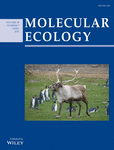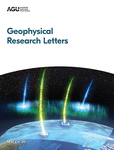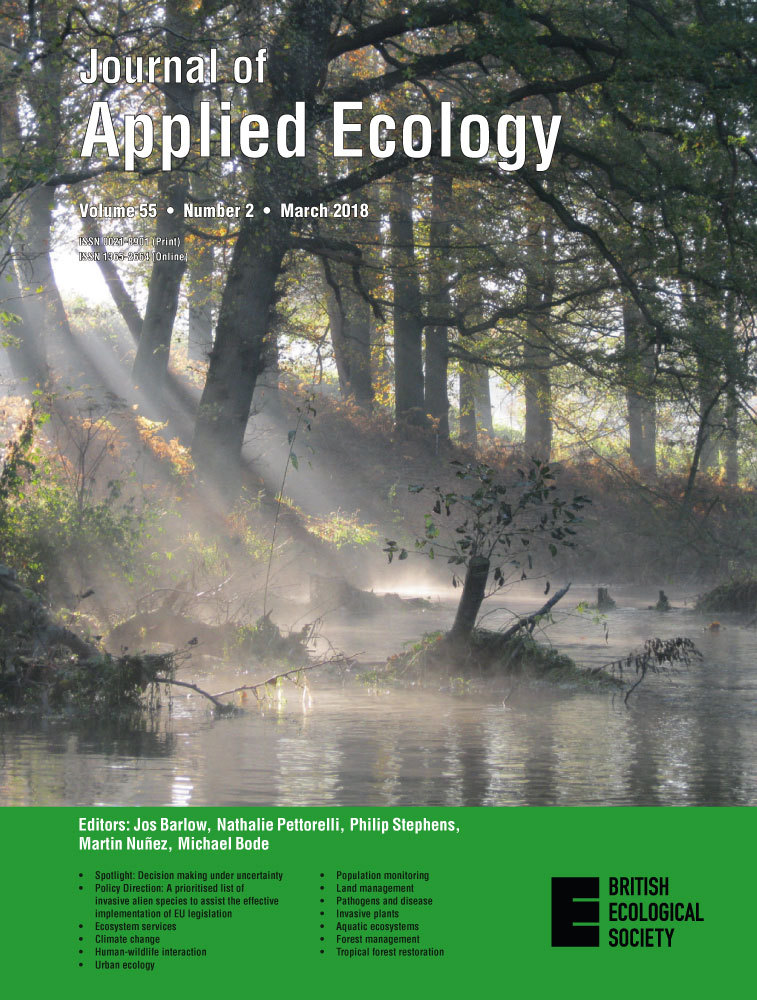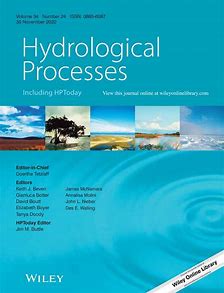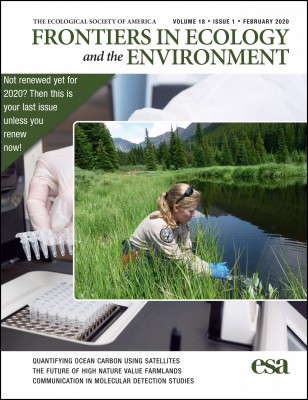Land-use type temporarily affects active pond community structure but not gene expression patterns
The team investigated the ffects of land-use type on the composition and gene expression activity of aquatic organisms, using an eRNA approach. At times, there is a temporary difference in the active community structure between ponds in grasslands, forests, and arable fields, but not in the expressed functions. Soon after, the active community returns to being homogenous across the land-use types.

Wood ash as an additive in biomass pyrolysis: effects on biochar yield, properties, and agricultural performance
Functional multi-scale integration of agricultural nitrogen-budgets into catchment water quality modeling
Using field-experimental data, crop N uptake responses to fertilizer management were parsimoniously conceptualized and integrated into a catchment diffuse-N model. The improved catchment modeling further facilitated integration with agricultural budget-based assessments.
Big-data approaches lead to an increasedunderstanding of the ecology of animal movement
The authors present methods that combine high-resolution tracking technologies with Big Data analyses to investigate the movements of fish and other animals. Through high resolution tracking the effects of environmental and climate changes on wildlife can be better understood, and nature and wildlife conservation be advanced on this basis.
Warming alters juvenile carp effects on macrophytes resulting in a shift to turbid conditions in freshwater mesocosms
The authors tested the single and combined effects of warmer water (+4.5°C) and benthivorous juvenile common carp on aquatic macrophytes in 24 mesocosms (2500 L). Our study provides evidence for a regime shift from clear-water conditions dominated by submerged or floating-leaved macrophytes to a turbid state triggered by warming impacts on benthivorous fish rather than on macrophytes.
Visualizing catchment-scale spatio-temporal dynamics of storage-flux-age interactions using a tracer-aided ecohydrological model
The authors used a tracer-aided ecohydrological model to quantify changes in water flux, storage, and age to improve understanding of spatial differences in catchment response through wet and dry cycles. The visualization tool revealed interannual changes in catchment-scale vegetation water usage and water ages and independent effects on individual species and responses / resilience to droughts.
Divergent roles of iron and aluminum in sediment organic matter association at the terrestrial–aquatic interface
The authors hypothesized that the variation in sediment redox and pH regime govern how iron (Fe) a.aluminum (Al) interact with organic matter (OM) in near-surface mineral sediments.The reactive monomeric Al preferably binds with organic ligands from less-decomposed OM under acidic and anoxic conditions. Low-crystallinity Fe formed under oxic conditions binds with more microbially-processed OM.
Climate-induced forest dieback drives compositional changes in insect communities that are more pronounced for rare species
Insects declines are now recognised as a consequence of global change. The authors set out to determine the role of drought-induced forest decline in these changes. Using field samples in the Pyrenees and DNA-metabarcoding to determine the species that occur there, they found no loss of species richness in forests experiencing tree loss, but uncovered large differences in the insect communities.
From meta-system theory to the sustainable management of rivers in the Anthropocene
Most existing river conservation, restoration, and biomonitoring practices focus on local-scale strategies and measures. To improve the management of river networks in the Anthropocene, the authors suggest additional metrics and assessment approaches that incorporate regional processes more effectively.
Seasonal differences in the attenuation of polar trace organics in the hyporheic zone of an urban stream
The authors investigated the attenuation of trace organic compounds (TrOCs) at a river influenced by treated wastewater during a sampling campaign in summer and one in winter. Contrary to their expectations, they found higher attenuation for 12 out of 18 TrOCs in winter, while three TrOCs were better attenuated in summer. Sediment conditions varied between seasons.


